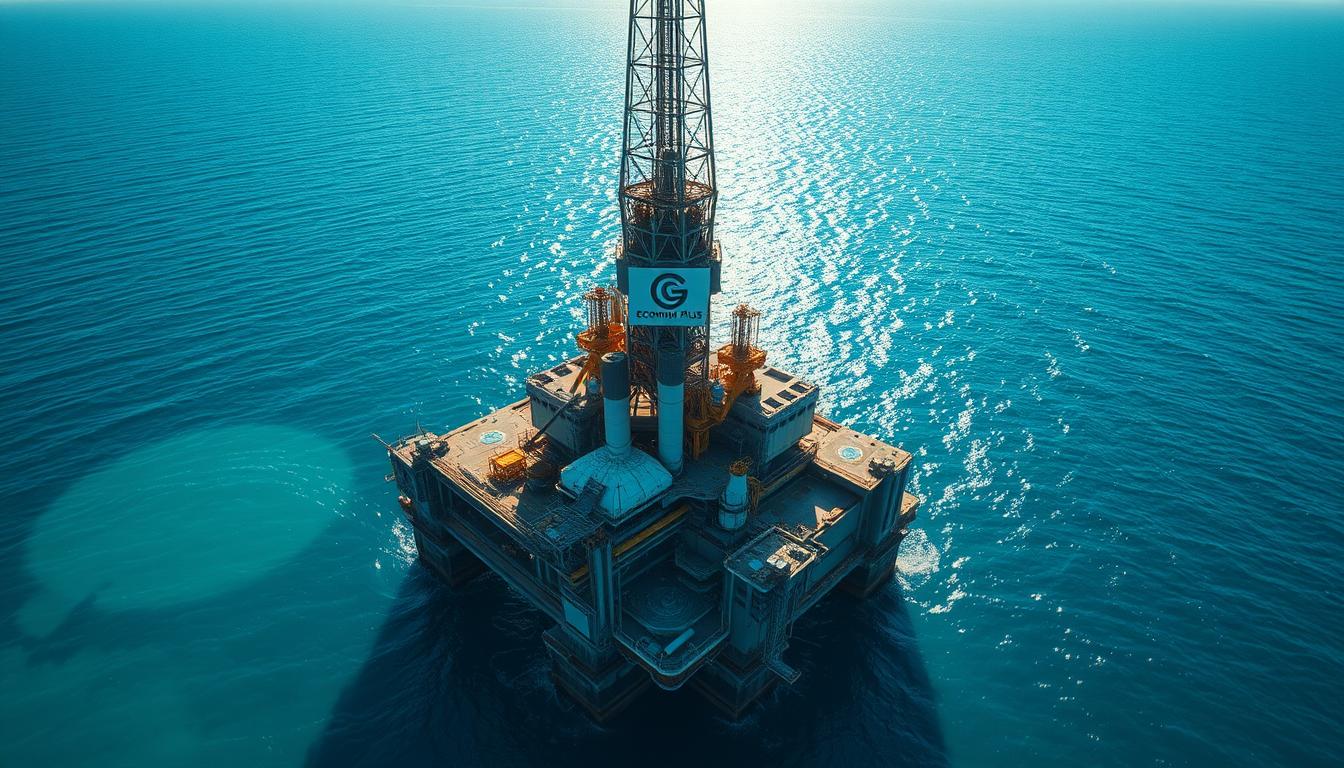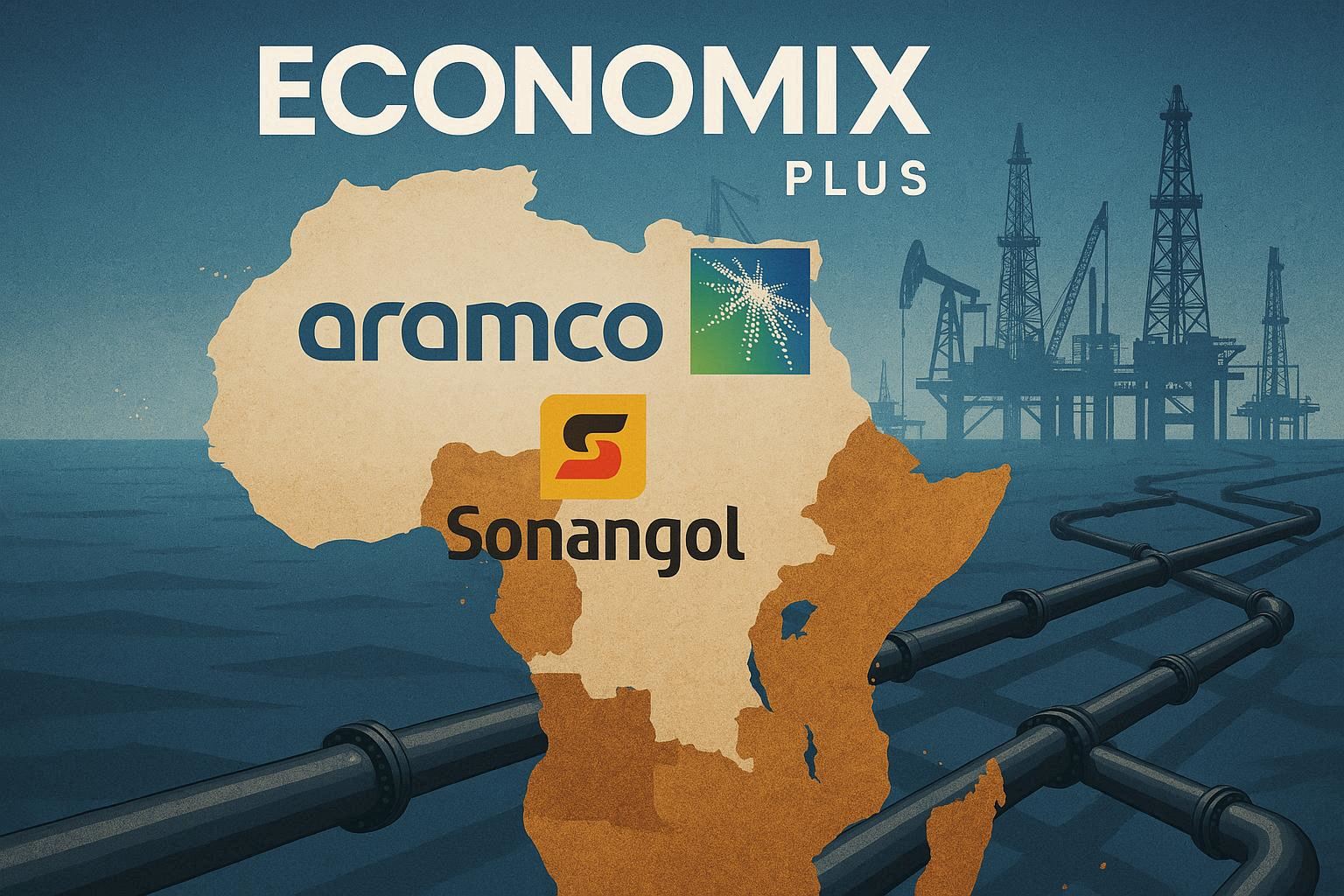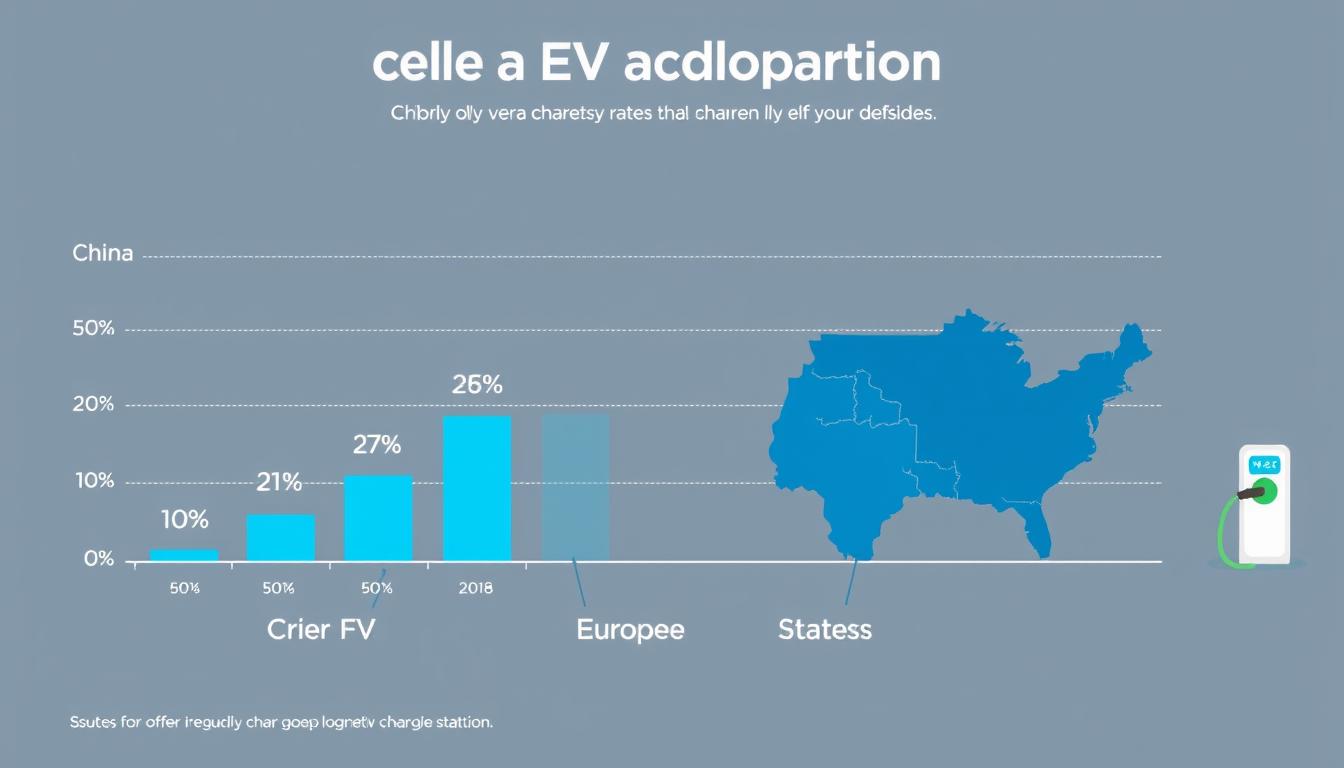Is the future of energy hidden beneath the ocean’s deepest layers? While many energy companies prioritize cost-effective onshore projects, one firm has staked its reputation on high-risk, high-reward offshore ventures. Tullow Oil’s aggressive pivot to deepwater exploration challenges conventional industry wisdom—but what makes these depths so compelling?
Deepwater drilling accounts for over 60% of global hydrocarbon discoveries since 2010, with ultra-deepwater wells uncovering nearly 140 million barrels of oil equivalent (MMboe) in just six months during 2018. For Tullow, this strategy has fueled expansion across Africa and South America, transforming the company into a specialist in technically complex offshore environments.
Unlike shallow-water or land-based operations, deepwater projects offer access to massive untapped reserves. However, they require cutting-edge technology and significant capital. Industry analysts note that successful offshore campaigns can yield ten times the resources of typical onshore sites, justifying the operational challenges.
Key Takeaways
- Deepwater drilling dominates modern hydrocarbon discoveries
- Ultra-deepwater wells yielded 140 MMboe in 2018’s first half
- Offshore reserves often dwarf onshore deposits in scale
- Specialized expertise drives success in complex environments
- Technological advances reduce deepwater extraction risks
Tullow’s focus reflects broader industry trends. As accessible land reserves diminish, energy firms increasingly rely on advanced seismic imaging and subsea robotics to unlock oceanic potential. This strategic shift positions the company at the forefront of a sector where innovation meets geology.
Tullow Oil’s Journey in Deepwater Exploration
Founded in Dublin during the 1980s, this energy pioneer transformed from a modest startup into a global player through calculated risks. Early investments in undervalued African basins laid the groundwork for its signature approach: targeting high-potential exploration wells in frontier regions.
Company Heritage and Strategic Growth
The 2006 acquisition of Hardman Resources marked a turning point. This deal unlocked Mauritania’s Chinguetti field and expanded its technical expertise in complex offshore geology. By prioritizing multi-well campaigns, the firm accelerated discoveries in Ghana’s Jubilee field and Uganda’s Lake Albert Basin.
Between 2008 and 2015, drilling operations increased by 170%, supported by partnerships with specialized service companies. These collaborations reduced costs while maintaining precision in challenging deepwater environments.
Expansion Across Global Geographies
Strategic licensing agreements propelled growth across three continents. Africa remains its core area, contributing 80% of current production. South American ventures in Guyana and Suriname added 12 new wells since 2017, while European assets in Norway complemented its portfolio.
Today, the business holds 46 licenses worldwide, with 23 categorized as high-impact exploration zones. This geographic diversity mitigates regional risks while maximizing exposure to untapped reservoirs.
Market Trends Shaping Deepwater Exploration
The energy sector’s race to uncover new resources has shifted dramatically toward oceanic frontiers. Over the past decade, ultra-deepwater zones—depths exceeding 1,500 meters—have become hotspots for major gas and oil discoveries. Wood Mackenzie reports these areas delivered 80% more gas volumes than onshore sites between 2015 and 2022.
Ultra-Deep Water Discoveries and Industry Data
Recent data reveals a stark contrast in exploration outcomes. Ultra-deepwater wells accounted for 62% of all hydrocarbon discoveries in 2023, despite representing just 28% of global drilling activity. A single successful well in Guyana’s Stabroek Block, for example, uncovered over 400 million barrels of oil equivalent—enough to power 2 million homes for 15 years.
| Water Depth | Average Discovery Size (MMboe) | Success Rate |
|---|---|---|
| Shallow ( | 45 | 23% |
| Deep (500-1500m) | 110 | 41% |
| Ultra-Deep (>1500m) | 280 | 58% |
Comparing Deepwater and Shallow-water Success
Shallow-water projects face diminishing returns, with average find sizes dropping 34% since 2018. In contrast, deepwater discoveries grew 19% annually during the same period. Advanced seismic imaging now allows firms to pinpoint reservoirs with 90% accuracy versus 65% a decade ago—a game-changer for reducing dry well risks.
The market increasingly rewards this precision. Deepwater developments now achieve first production in 5-7 years, down from 10-12 years in the 2000s. This acceleration aligns with growing global gas demand, projected to increase 25% by 2040 according to industry analysts.
Why Does Tullow Oil Focus on Deepwater Exploration?
Energy companies face a critical choice: chase dwindling onshore reserves or pioneer untapped offshore frontiers. For industry leaders, deepwater plays represent a strategic balance of risk and reward, offering unmatched resource potential. Recent discoveries prove these zones deliver larger finds with longer production lifespans than traditional sites.
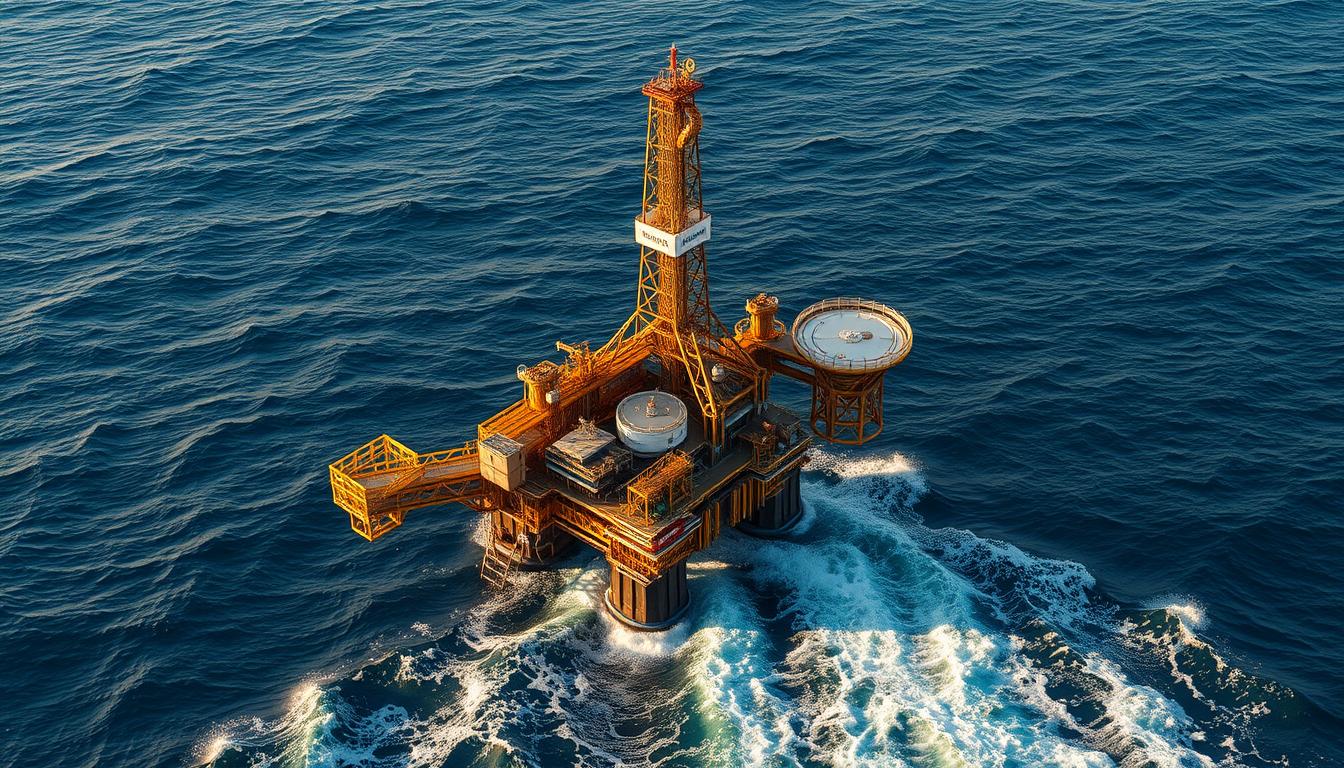
Strategic Rationale and Focus Areas
Deepwater projects now achieve break-even costs below $40 per barrel, rivaling shale operations. According to Wood Mackenzie analyst Andrew Latham, “The sweet spot lies in basins with proven geology and scalable infrastructure.” This aligns with Tullow’s focus on high-potential plays like Guyana’s Stabroek Block, where 11 discoveries since 2015 have exceeded 9 billion barrels.
| Basin Type | Avg. Break-Even ($/barrel) | Discovery Size (MMboe) |
|---|---|---|
| Onshore Mature | 52 | 28 |
| Deepwater Emerging | 38 | 310 |
| Ultra-Deep Frontier | 67 | 840 |
Three factors drive this strategy:
- Resource density: Offshore wells produce 8x more daily than onshore counterparts
- Investment efficiency: Multi-well campaigns cut per-unit costs by 30-45%
- Growth sustainability: Deepwater reserves maintain production for 25+ years
Industry interest centers on basins combining proven success with underdeveloped potential. Tullow’s 2023 licensing round targeted areas with seismic data gaps – regions where new imaging tech could reveal billion-barrel prizes. This disciplined approach balances exploration risks with long-term portfolio growth.
Innovations, Discoveries, and Exploration Techniques
Cutting-edge technology reshapes how energy firms uncover offshore reserves. From AI-driven seismic analysis to robotic drilling systems, modern tools slash exploration risks while boosting discovery rates. This evolution enables precise targeting of reservoirs once deemed unreachable.
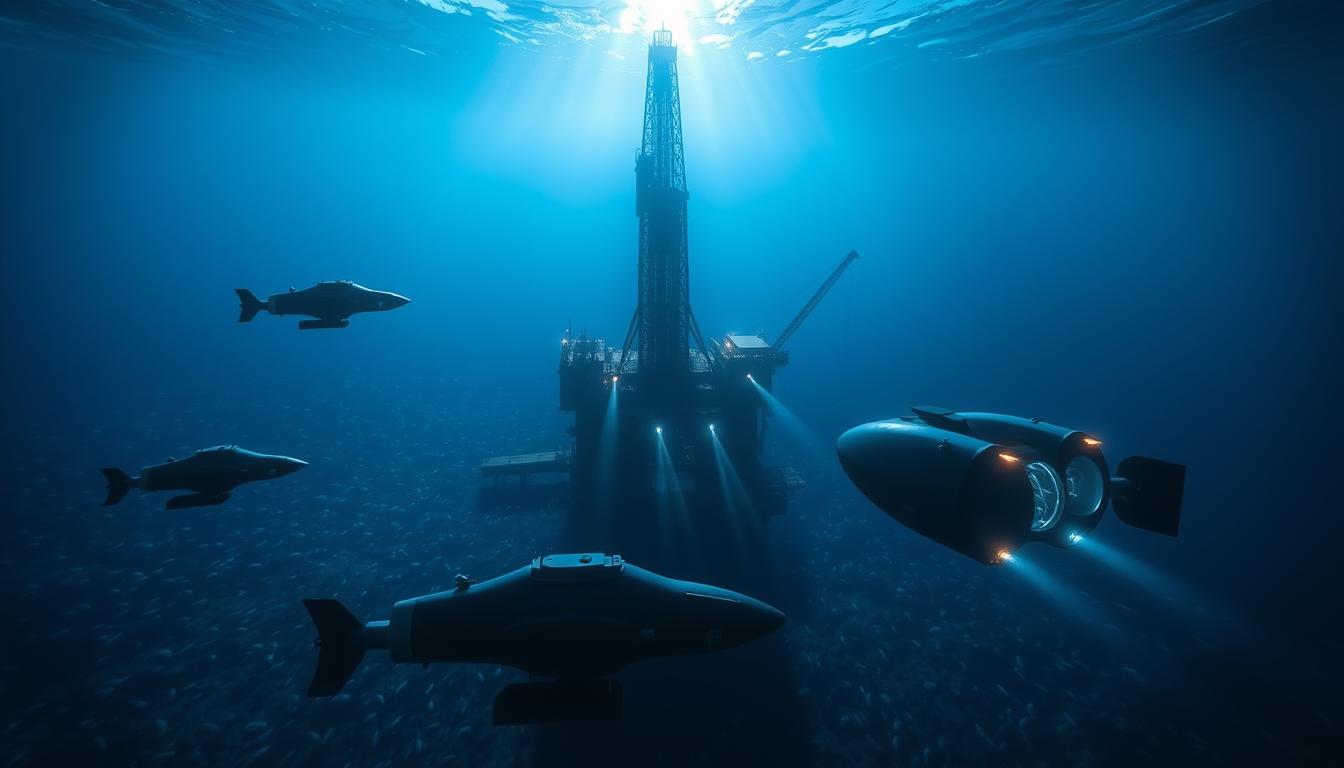
High-Impact Exploration Wells and Case Studies
ExxonMobil’s 2022 Ranger discovery offshore Guyana exemplifies breakthrough success. Using advanced 3D seismic data, the well tapped 420 million barrels of oil equivalent (MMboe) at 2,400-meter depths. Similarly, Tullow’s Cormorant-1 well in Namibia delivered 550 MMboe in 2023 through enhanced pressure modeling.
Kosmos Energy transformed Ghana’s Jubilee Field with phased appraisal development. Initial exploration wells found 800 MMboe in 2007. Follow-up appraisal wells expanded recoverable resources to 1.8 billion barrels by 2020.
| Project | Technology Used | Resource Gain |
|---|---|---|
| Ranger (Guyana) | 3D Seismic + AI Analysis | +420 MMboe |
| Cormorant-1 (Namibia) | Pressure Prediction Algorithms | +550 MMboe |
| Jubilee (Ghana) | Appraisal Well Clustering | +1B Boe |
Technological Advances and Operational Excellence
Four innovations drive current exploration production success:
- 4D seismic imaging tracks reservoir changes in real time
- Autonomous underwater robots inspect equipment at 3,000m depths
- Machine learning predicts drill bit wear with 94% accuracy
- Nanotechnology sensors detect hydrocarbon traces 40% faster
These tools contrast sharply with methods used years ago. In 2010, only 12% of deepwater wells used real-time data feeds. Today, 78% employ live analytics, reducing dry hole costs by $25 million per project according to industry reports.
Operational Strategies and Risk Management
Navigating the ocean’s depths demands more than advanced technology—it requires meticulous planning. Leading firms achieve success through targeted drilling campaigns and adaptive risk frameworks. These approaches transform geological potential into reliable energy supplies.

Focused Exploration in Core Plays
Companies prioritize basins with proven reservoirs and scalable infrastructure. For example, ExxonMobil’s 14 wildcat wells in Guyana’s Stabroek Block yielded 11 major discoveries since 2015. This precision drilling reduced dry hole risks by 63% compared to frontier regions.
| Strategy | Success Rate | Cost per Well ($M) |
|---|---|---|
| Traditional Scattershot | 22% | 120 |
| Core Play Focus | 58% | 85 |
| Phased Appraisal | 74% | 65 |
Balancing Investment and Production
Deepwater operators use three tactics to optimize spending:
- Modular rig designs: Cut mobilization costs by 40% in Brazil’s Campos Basin
- Shared infrastructure: Development wells in Angola’s Block 17 share pipelines, saving $2.1B since 2018
- Real-time data analytics: Reduced drilling time per well by 19 days in Gulf of Mexico projects
Shell’s Vito field demonstrates this balance. By clustering eight development wells around a single platform, the project achieved first oil in 4.5 years—30% faster than industry averages. Such operational discipline keeps break-even costs below $35 per barrel in 1,500-meter water depths.
Economic Implications and Investor Perspectives
Capital allocation in offshore energy hinges on measurable returns and strategic positioning. Deepwater projects accounted for 38% of global upstream investments in 2023, reflecting growing confidence in their economic resilience. Investors prioritize ventures combining competitive break-even costs with scalable production potential.
Assessing the Cost Environment and Market Dynamics
Recent data reveals striking contrasts in profitability. Projects yielding over 100 million barrels oil equivalent achieve 22% higher internal rates of return than smaller developments. This explains why 67% of energy private equity funds now target deepwater assets.
| Region | Avg. Break-Even ($/barrel) | Market Share |
|---|---|---|
| Gulf of Mexico | 42 | 31% |
| West Africa | 38 | 27% |
| Brazil | 45 | 19% |
Three factors shape investment decisions:
- Production scale: Fields exceeding 500 million barrels oil attract 80% of institutional capital
- Cost predictability: Projects with fixed-price rig contracts see 35% lower volatility
- Market positioning: Firms holding 15%+ market share in core regions secure better financing terms
Rystad Energy reports the number of financially viable deepwater projects doubled since 2020. Companies maintaining 20%+ production growth annually command premium valuations, with their share of industry capitalization rising from 12% to 18% in five years.
Conclusion
The strategic importance of offshore energy development becomes clear when analyzing modern industry dynamics. Firms excelling in this sector combine operational efficiency with cutting-edge innovation to access resources traditional methods cannot reach.
Three pillars support this approach. Advanced seismic imaging reduces geological uncertainties, while robotic systems enable precision at extreme depths. Economically, break-even costs below $40 per barrel make these projects competitive with onshore alternatives. Recent discoveries averaging 280 million barrels per well validate the risk-reward calculus.
Operational frameworks prioritizing phased development and shared infrastructure further enhance viability. These methods cut costs by 30-45% while accelerating production timelines. Investors increasingly recognize this balance, with deepwater ventures attracting 38% of global upstream spending in 2023.
As accessible reserves dwindle, the energy industry’s future lies in mastering complex marine environments. Companies leading this charge position themselves to meet global demand while reshaping extraction paradigms for decades ahead.
